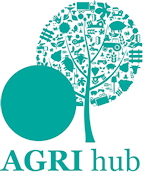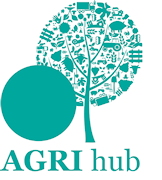There are massive changes ahead for rural infrastructure, which could open up new challenges – and opportunities – for farmers and landowners.
According to the Central Association of Agricultural Valuers (CAAV), the Government sees new infrastructure as a key to rebuilding the economy post-Covid and levelling up the different regions, with £640bn of public and private investment earmarked from 2020-2025.
Electricity generation and distribution will be particularly important, to meet rising demand, the drive for greater self-sufficiency and net zero targets. “There will be over 30 million electric vehicles by 2040 and electricity demand by 2050 could be double that of today,” explains Rebecca Collins, technical and policy adviser at the CAAV.
This will see more solar and wind farms, nuclear power and a significantly upgraded national grid system. “We might see more permitted development rights for small scale solar and easier planning permission for large-scale projects.”
There are already permitted rights for installing electric vehicle charging points, which could be useful for those with rental properties, offices or industrial units.
Housing is another key focus, now particularly likely in the Midlands and the North, with a target of 300,000 new homes to be built across the country each year, says Ms Collins. This could provide opportunities for landowners in target development areas – while there are permitted rights in England and Scotland for converting agricultural buildings for residential or business use.
Less popular will be HS2 and road developments, alongside water, telecoms and climate change mitigation measures, some of which may require compulsory purchase.
But all development must comply with tighter environmental regulation, which in turn offers some potential opportunities for farmers to generate payments from environmental land management. For example, housing development will need to produce a 10% gain in biodiversity and, in a growing number of river catchments, must be nutrient neutral.
This means that farmers – particularly those close to such development – could sell management measures like reed beds to reduce phosphate pollution or flower strips to boost pollinators. “Early indications are that deals are being made at £5,000-£7,500 per house,” says Ms Collins. “There are certainly lots of opportunities ahead so it’s important to keep abreast of the changes to maximise the chances of a successful arrangement.”
For more information visit www.caav.org.uk.
About the CAAV
The Central Association of Agricultural Valuers (CAAV) is a specialist professional body representing, qualifying and briefing over 2,900 members practising in a diverse range of agricultural and rural work throughout England, Wales, Scotland and Northern Ireland.
CAAV members are agricultural and rural valuers who provide professional advice and valuation expertise on issues affecting the countryside from tenancy matters to sales and purchase of farms and land, from taxation and compulsory purchase to auctioneering, and from conservation issues to farming structures.
We are always happy to speak to the press – if you have any queries please contact Marianne Curtis, Editorial and PR manager at Agri-hub, on 07443 747808.




